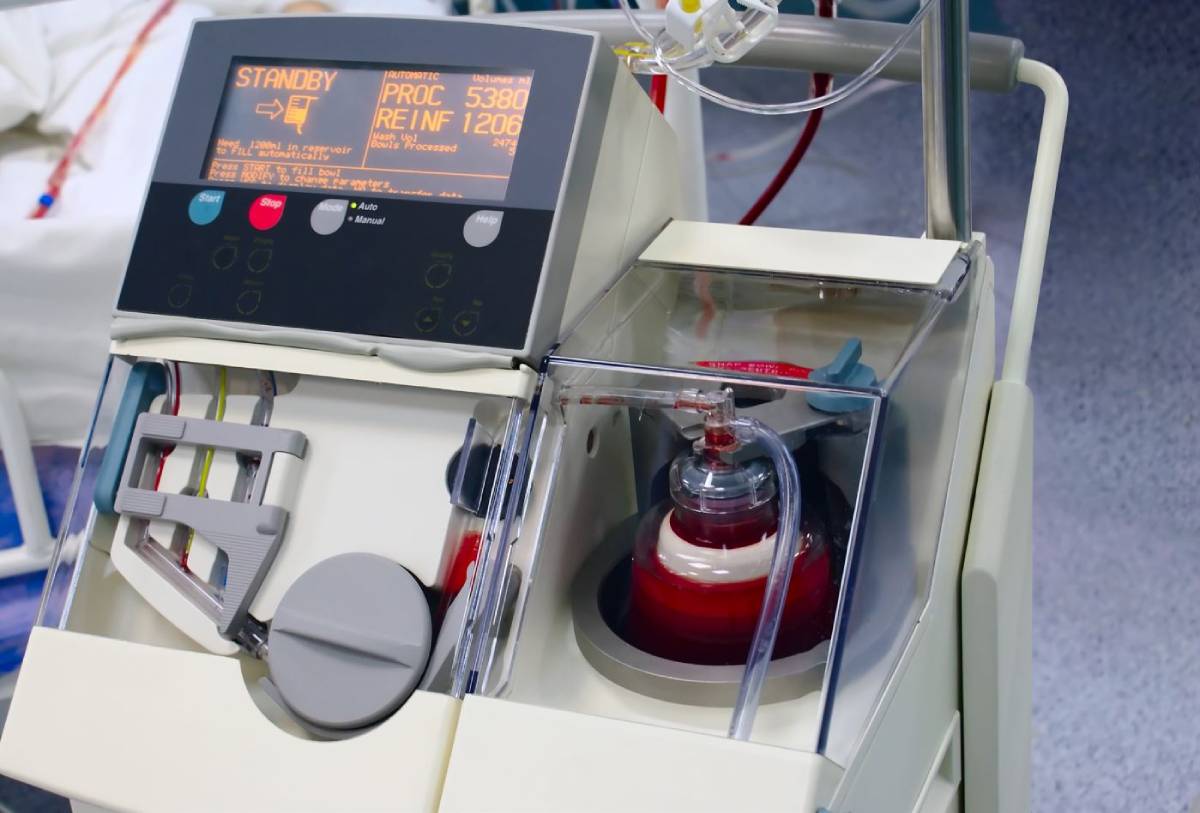
The Current Procedural Terminology (CPT) codes provide medical practitioners with a uniform language to record medical services [1]. This system is praised for promoting accuracy and efficiency in medical reporting and has become the principal medical nomenclature system in US healthcare [1]. Although the system is quite comprehensive, some medical services, including emerging anesthesia procedures, are currently without CPT codes. As a result, medical providers struggle to figure out how to record those services when they are performed.
Generally, the lack of CPT coding for a given procedure can be attributed to the procedure’s relative novelty and, therefore, the need for more rigorous testing to ascertain its efficacy [2]. Unless the American Medical Association CPT Editorial Panel is certain of a procedure’s value and utility, they will not code the procedure [2, 3]. Therefore, it is often true that years must pass before a procedure receives a CPT code [2, 3]. Lacking a CPT code does not mean that practitioners cannot perform a procedure: many unlisted nerve blocks, for example, are commonly performed for anesthesia and pain management [2]. Nevertheless, the fact that a procedure is unlisted may jeopardize payment [2]. Some professionals work around this problem by using different codes that are not specific to the procedure in question but deemed close enough to record the service rendered [2]. Still, this practice can be imprecise [2].
Two examples of anesthesia procedures without CPT codes are the iPACK block, characterized by the infiltration of local anesthetic between the popliteal artery and posterior knee capsule, and the erector spinae plane (ESP) block [2].
Since 2014, medical professionals have used the iPACK block to achieve knee analgesia, primarily during total knee arthroplasty (TKA) [4, 5]. Compared to femoral blocks or obturator nerve blocks, research indicates that the iPACK block lowers patients’ probability of nerve or vascular injury, hence its widespread use [2, 4]. Furthermore, it appears to reduce the incidence of anesthesia-related side effects and improve physical therapy yield [5]. In some cases, however, iPACK block has been combined with femoral block or adductor canal block; research indicates that these hybrid techniques could be especially effective for pain management during TKA [3, 5]. Medical professionals who are wary of performing the iPACK block because it remains unlisted in the CPT code book may just opt for coded techniques, such as the femoral block and the obturator nerve block [5].
EPT block is another unlisted anesthesia procedure that appears to promote better analgesic results than many of its listed counterparts. First described in 2016, ESP has proven a versatile tool for addressing both chronic and acute pain arising from a variety of sources, including breast, valve, spine, abdominal wall, hip, and post-surgical [6, 7]. It is performed by either injecting anesthesia between the erector spinae muscle and the rhomboid major muscle if the practitioner opts for a superficial needle technique, or below the erector spinae muscle if the practitioner uses a deep needle [2]. Because of ESP’s adaptability, appropriate coded alternatives for the block depend on the context in question. Generally, though, medical professionals may consider paravertebral, neuraxial, or epidural blocks as alternatives, as well as general anesthesia, as appropriate [6, 7].
These two anesthesia procedures remain without CPT codes but are by no means rare in practice. Similar situations may be found in other specialties. As the medical field continues to evolve, CPT coding must continue to evolve as well to reflect modern medicine. Practitioners must weigh the benefits of performing novel and potentially more effective procedures against the logistical difficulties associated with using an unlisted technique.
References
[1] “CPT Overview and Code Approval,” American Medical Association. [Online]. Available: https://www.ama-assn.org/practice-management/cpt/cpt-overview-and-code-approval. [2] T. Mira, “Nerve Blocks for Acute Pain Management: The Main Coding Challenge,” Anesthesia Business Consultants, Updated November 23, 2020. [Online]. Available: https://www.anesthesiallc.com/publications/anesthesia-provider-news-ealerts/1377-nerve-blocks-for-acute-pain-management-the-main-coding-challenge. [3] P. Dotson, “CPT® Codes: What Are They, Why Are They Necessary, and How Are They Developed?,” Advances in Wound Care, vol. 2, no. 10, pp. 583-87, December 2013. [Online]. Available: https://doi.org/10.1089%2Fwound.2013.0483. [4] T. Et et al., “Comparison of iPACK and periarticular block with adductor block alone after total knee arthroplasty: a randomized clinical trial,” Journal of Anesthesia, vol. 36, no. 2, pp. 276-86, February 2022. [Online]. Available: https://doi.org/10.1007%2Fs00540-022-03047-6. [5] A. F. Caballero-Lozada et al., “IPACK block: emerging complementary analgesic technique for total knee arthroplasty,” Colombian Journal of Anesthesiology, vol. 48, no. 2, pp. 78-84, April-June 2020. [Online]. Available: https://doi.org/10.1097/CJ9.0000000000000153. [6] B. C. H. Tsui et al., “The erector spinae plane (ESP) block: A pooled review of 242 cases,” Journal of Clinical Anesthesia, vol. 53, pp. 29-34, March 2019. [Online]. Available: https://doi.org/10.1016/j.jclinane.2018.09.036. [7] P. Kot et al., “The erector spinae plane block: a narrative review,” Korean Journal of Anesthesiology, vol. 72, no. 3, pp. 209-20, March 2019. [Online]. Available: https://doi.org/10.1097/CJ9.0000000000000153.
